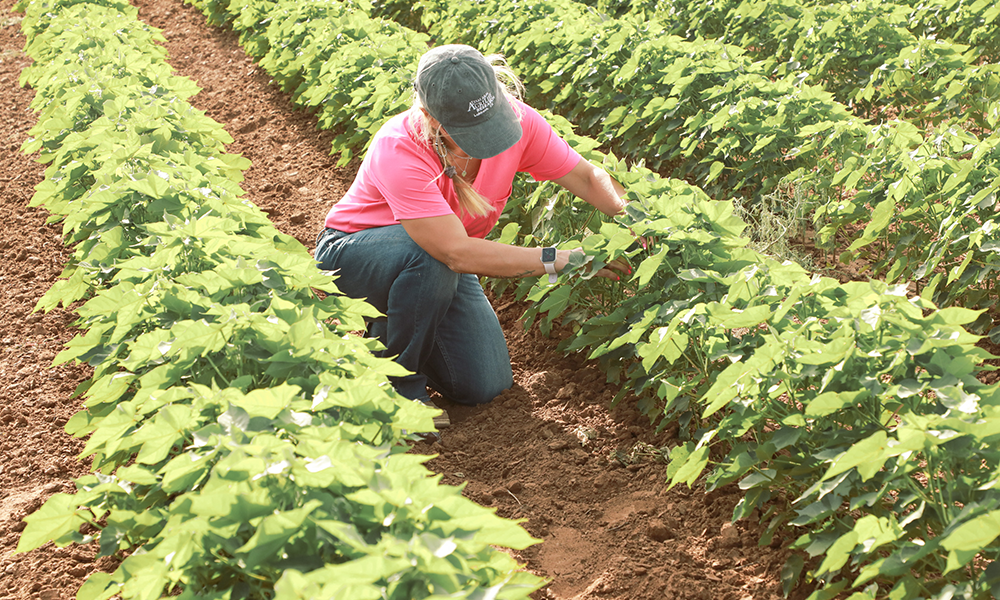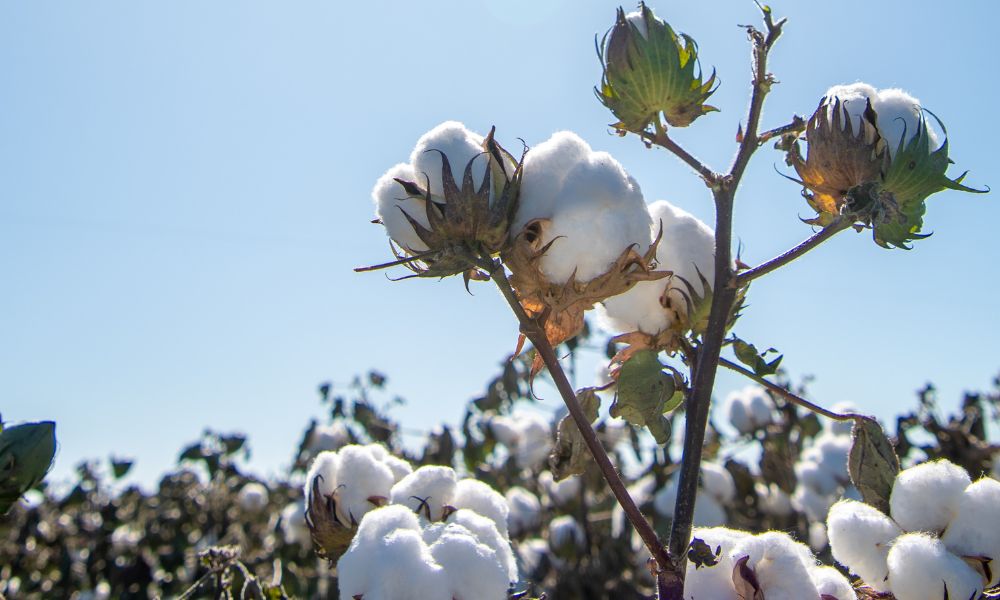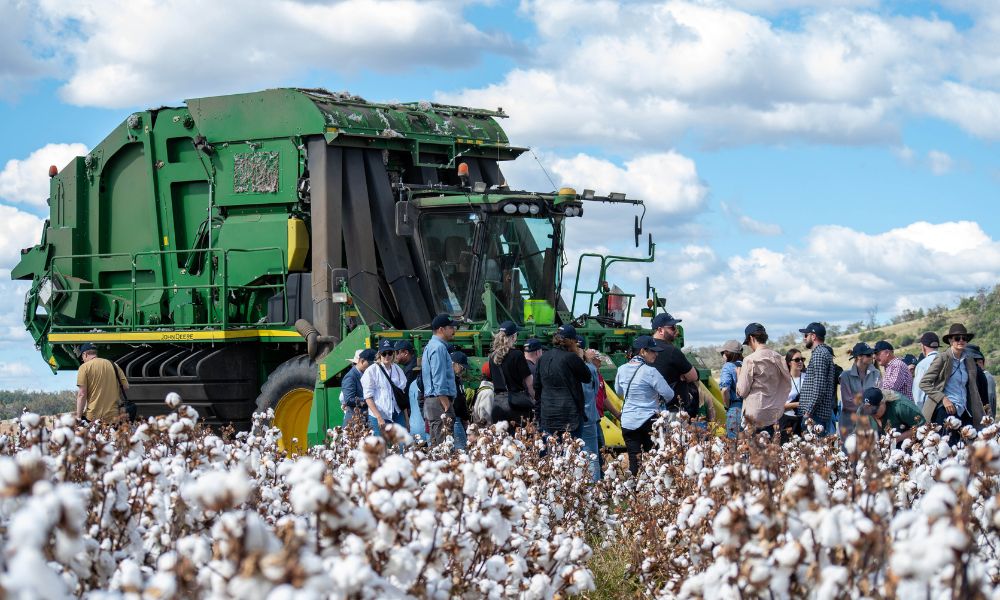U.S. Cotton Farming Practices Promote Biodiversity
March 20, 2020
U.S. Cotton Farming Practices Promote Biodiversity
Cotton farmers show their commitment to the land by implementing innovative farming practices
Biodiversity and sustainability go hand-in-hand, and today’s U.S. cotton farmers have been steadily improving farming practices over the past several years to ensure they are able to continue producing high quality yields while improving, rather than compromising, the land.
What is biodiversity and why does it matter? Biodiversity is important both for preserving the ecosystems that surround cotton farms and also to cotton farms themselves because it promotes conditions ideal for plant growth. National Geographic says the following on the matter:
Biodiversity is a term used to describe the enormous variety of life on Earth. It can be used more specifically to refer to all of the species in one region or ecosystem. Biodiversity refers to every living thing, including plants, bacteria, animals, and humans. Scientists have estimated that there are around 8.7 million species of plants and animals in existence. However, only around 1.2 million species have been identified and described so far, most of which are insects. This means that millions of other organisms remain a complete mystery … Ecosystems that host the most biodiversity tend to have ideal environmental conditions for plant growth, like the warm and wet climate of tropical regions. Ecosystems can also contain species too small to see with the naked eye. Looking at samples of soil or water through a microscope reveals a whole world of bacteria and other tiny organisms.
Last spring, the National Fish and Wildlife Foundation (NFWF) Conservation Partners Program, Quail Forever, and Cotton Incorporated unveiled the Precision Partnership for Working Lands program to cotton producers in the southern United States. The practice of precision agriculture embodies the spirit of today’s U.S. cotton farmer — collaborative, sustainability-minded, and committed to implementing innovative technologies and practices that ensure positive, long-term producer profitability and produce tangible environmental benefits.
This program has been adopted by many to great success. Nick McMichen of Alabama stewards a 1,000-acre farm and is in his 31st growing season. He adopted the program in 2019 in order to “utilize [the] land to its fullest extent while benefiting wildlife and the environment.” Another U.S. cotton producer, Bart Davis and family, shared that they adopted the program because, in his own words, “Our land is our biggest asset. We know that managing our resources is essential for the perpetuity of the industry.”
The decision of U.S. cotton farmers to implement biodiversity practices, combined with practices encouraged by the Precision Partnership for Working Lands program, illustrate the commitment U.S. cotton producers are making. U.S. Cotton farmers have committed to maintain responsible farming methods and to strive for continuous improvement to reduce their environmental footprint and, together, to reach the industry’s sustainability goals for 2025.
The University of Tennessee Extension reports1 that, “Crop diversity, crop rotations, intercropping, cover cropping, conservation tillage and incorporation of organic matter are all important components of farm biodiversity. Diverse crop rotations improve soil, increase farm biodiversity and boost crop yields.” The 2015 Natural Resource Survey looked at habitat management practices to gain an understanding of what growers do to preserve land for ecological reasons. Of the 66% of producers who indicated they have riparian areas on their farm, 74% indicated they leave the riparian areas undisturbed, compared to 53% in 2008. Also, 68% of respondents indicated they make efforts to improve the wildlife habitat on their farm (58% in 2008). For example, 41% indicated they maintain field borders so they are conductive for wildlife habitat, and 32% indicated they preserve forested areas for wildlife.
U.S. cotton farmers know that in order to create healthy farms, it is key to implement practices that encourage biodiversity by preserving the surrounding wildlife habitat.
Ready to commit to sustainably produced cotton? Become a Cotton LEADS partner today. Interested in doing even more? Contact us for ideas to get the most out of sustainable cotton and your partnership with Cotton LEADS.














Recent Comments